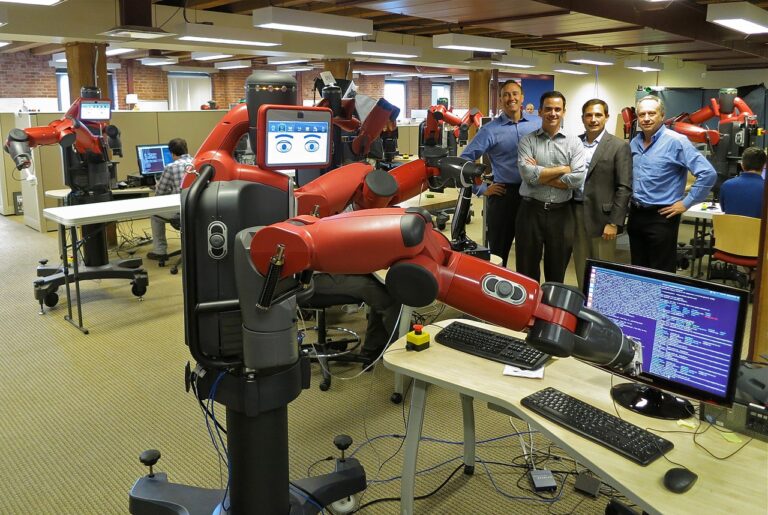
Alexandra Butler is a student at Harvard Law School.
As the pandemic worsens and in light of business closures and decreases in consumer spending, unemployment claims are steadily rising. For the week of December 5, 853,000 people (seasonally adjusted) joined the millions of other workers who have turned to state unemployment systems for economic relief. Last week’s initial claims marked a 137,000 increase from those filed in the prior week. In addition, Pandemic Unemployment Assistance, a federally-run program, saw an additional 427,609 initial claims. Many economists note that these numbers mark only the beginning of a “slow-moving disaster,” one that could worsen without any federal intervention to keep families afloat. To assist those navigating the uncertainty of unemployment, the National Employment Law Project (NELP) has provided an overview of federal action and its consequences for workers around the nation.
On Thursday, a Food and Drug Administration (FDA) advisory panel recommended approval of the Pfizer coronavirus vaccine, with the FDA set to authorize its widespread dissemination as early as this Saturday. As Leigh reported on Wednesday, news of the vaccine has prompted discussions on the order of distribution. For example, airline worker unions and advocates recently argued to the Center for Disease Control and Prevention (CDC) that their workers should be prioritized after those in the health care sector and those in assisted living. Specifically, they noted the important role that airline workers will play in distributing the vaccine across the country, highlighting that worker safety will be crucial to “ensure [the vaccine’s] smooth shipment by air cargo.”
This week, the UC Berkeley Labor Center released a report entitled “Delivering Insecurity: E-commerce and the Future of Work in Food Retail.” In it, the Center analyzes the effect that the increase in online grocery shopping and food delivery during the pandemic has had on the availability and quality of jobs. Notably, the report emphasizes that, in this case, worker displacement, in favor of new technology, is not the key issue. In fact, grocery e-commerce has created new jobs. Rather, the more pressing problem centers on worker treatment. The report highlights that many in these new jobs have been classified as independent contractors, a label that has limited their wages and denied them employee-related benefits. To address these issues, the authors push for a multifaceted approach, involving businesses themselves, the federal government and unions alike to actively pursue and advocate for worker protections.
In her recent paper, Annelies Goger of the Brookings Institution highlights the important role that “earn and learn” programs can play in equalizing access to the labor market. Also known as “blended learning,” these programs allow its participants to take advantage of both in-class instruction and hands-on experiences over the course of their careers. According to Goger, the approach has two main benefits. First, it will help to address systemic racism in education access that has long attempted to limit minority opportunity. Second, it will provide flexibility for those who did not opt for the “traditional four-year college path,” as well as those who may be in a career transition. While the United States has the infrastructure to serve as a starting point for these programs, Goger argues that we can and should do more. Specifically, she maintains that federal and state governments, as well as private sector employers, should embrace this model as a way to diversify their payrolls and to improve their workers’ ability to adapt to new and changing circumstances.
According to the National Association of Women Lawyers (NAWL), the number of women who are law firm equity partners has increased only by 5% over the past 15 years. Now, 21% of equity partners are women, and of that group, only 14% are minority women. While NAWL notes improvements, they also highlight that law firms can do more to promote equity beyond initial hiring and internal promotions so that inclusion is “ingrained into the core values and vision and mission of the firm.”






Daily News & Commentary
Start your day with our roundup of the latest labor developments. See all
December 11
House forces a vote on the “Protect America’s Workforce Act;” arguments on Trump’s executive order nullifying collective bargaining rights; and Penn State file a petition to form a union.
December 8
Private payrolls fall; NYC Council overrides mayoral veto on pay data; workers sue Starbucks.
December 7
Philadelphia transit workers indicate that a strike is imminent; a federal judge temporarily blocks State Department layoffs; and Virginia lawmakers consider legislation to repeal the state’s “right to work” law.
December 5
Netflix set to acquire Warner Bros., Gen Z men are the most pro-union generation in history, and lawmakers introduce the “No Robot Bosses Act.”
December 4
Unionized journalists win arbitration concerning AI, Starbucks challenges two NLRB rulings in the Fifth Circuit, and Philadelphia transit workers resume contract negotiations.
December 3
The Trump administration seeks to appeal a federal judge’s order that protects the CBAs of employees within the federal workforce; the U.S. Department of Labor launches an initiative to investigate violations of the H-1B visa program; and a union files a petition to form a bargaining unit for employees at the Met.